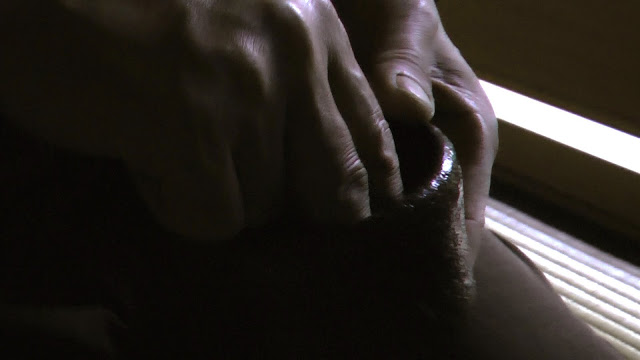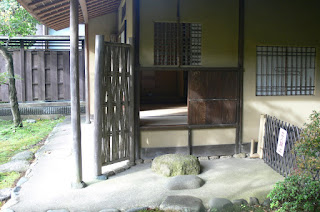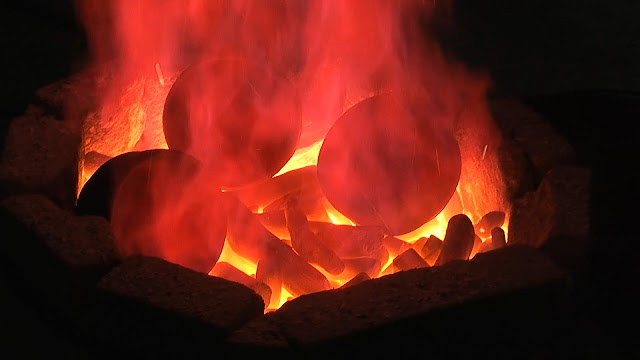Tea briefing # 2 : what does it mean to practice of tea ?

The seven rules of Tea : “First you must make a delicious bowl of tea; lay the charcoal so the water boils; arrange the flowers as they are in the field; i n the summer suggest coolness, in the winter, warmth; do everything ahead of time; prepare for rain; and give those with whom you find yourself every consideration.” — Sen no Rikyu (who liked to improvise such sayings) In any tea ceremony, there are at least three steps : purification of the ustensiles, preparation of the actual tea and the cleaning of the ustensiles. To my knowledge, these are the incompressible steps that any tea practice include, even for a minimal tea event. Broadly speaking, what is a « tea ceremony » ? It is an event organized by a host in a place that is adequate or not for tea and to which the guests attend generally with some preparation. A great deal of codes govern over the behavior of the host and his way of serving tea (and,...





